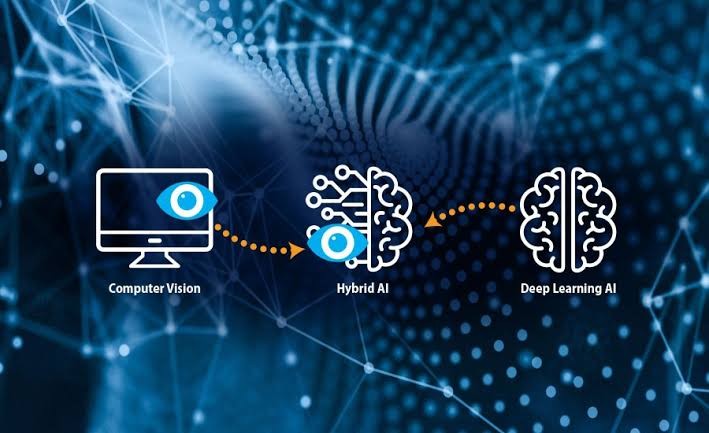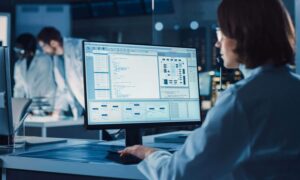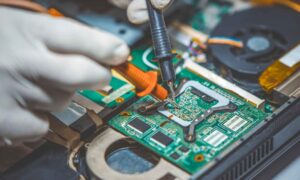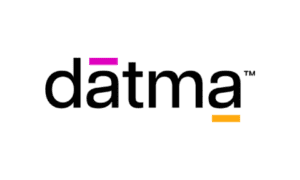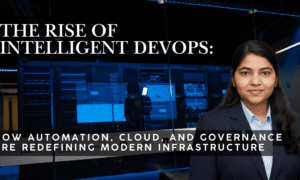In the modern industrial landscape, the integration of advanced technologies has become imperative for efficiency and accuracy. One such technological marvel is computer vision software, which works in tandem with industrial cameras to revolutionize image processing and process automation. This synergy between hardware and software enables a wide array of applications, from product detection and positioning to optical character recognition (OCR). This article explores the journey of computer vision software, from image capture to detailed analysis, highlighting its impact on various industries.
The Basics of Computer Vision Systems
A complete computer vision system comprises both hardware and software components. The hardware, typically industrial cameras, is responsible for capturing images. These cameras are designed to operate in challenging industrial environments, providing high-resolution images essential for detailed analysis. However, the camera alone does not constitute a complete system. It is the computer vision software that brings these images to life by processing and analyzing them to extract valuable information.
Image Capture: The Role of Industrial Cameras
Industrial cameras are the starting point of any computer vision system. They capture high-quality images that serve as the raw data for further processing. These cameras are equipped with various features such as high frame rates, enhanced sensitivity, and robust construction to withstand harsh industrial conditions. The images captured by these cameras are then fed into the computer vision software for processing.
The Function of Computer Vision Software
Computer vision software is the brain of the system. It communicates with the industrial cameras to acquire images and employs sophisticated algorithms to process these images. Here’s a breakdown of the journey from image capture to analysis:
- Image Acquisition: The software receives images from the industrial cameras. This step involves ensuring the images are of high quality and suitable for further processing.
- Preprocessing: Before analysis, the images may require preprocessing to enhance their quality. This can include noise reduction, contrast adjustment, and geometric transformations. Preprocessing ensures that the images are in optimal condition for feature detection and analysis.
- Feature Detection: The core of computer vision software lies in its ability to detect and extract important features from images. This involves identifying specific elements within an image that are crucial for the task at hand. For example, in a manufacturing setting, the software might detect the shape, size, and position of products on a conveyor belt.
- Image Analysis: Once features are detected, the software analyzes these elements to derive meaningful insights. This can include measuring dimensions, recognizing patterns, and comparing features against predefined standards. The analysis phase is where the real magic happens, as the software interprets the visual data to provide actionable information.
- Decision Making and Automation: The final step involves using the analyzed data to make decisions and automate processes. For instance, if the software detects a defect in a product, it can trigger a response to remove the defective item from the production line. This automation enhances efficiency and reduces the need for manual intervention.
Applications of Computer Vision Software
The possibilities with computer vision software are virtually limitless. Here are some notable applications:
- Product Type Detection: Identifying different types of products on a production line to ensure correct sorting and packaging.
- Product Positioning: Determining the exact position and orientation of products for precise handling by robotic arms.
- Shape Recognition: Recognizing shapes and patterns to detect defects or ensure compliance with design specifications.
- Measurement: Accurately measuring dimensions and distances within an image for quality control.
- Optical Character Recognition (OCR): Extracting text from images for data entry, labeling, and tracking purposes.
Advancements and Future Prospects
The field of computer vision is continuously evolving, driven by advancements in artificial intelligence and machine learning. Modern computer vision software leverages deep learning algorithms to enhance accuracy and speed. These algorithms can learn from vast amounts of data, improving their ability to recognize and analyze complex patterns.
Looking ahead, the integration of computer vision with other technologies such as the Internet of Things (IoT) and augmented reality (AR) promises even greater possibilities. IoT can provide real-time data to computer vision systems, enabling more dynamic and responsive analysis. AR, on the other hand, can offer intuitive visualizations of the analyzed data, making it easier for human operators to understand and act upon the information.
Conclusion
From image capture to detailed analysis, computer vision software plays a pivotal role in modern industrial processes. By transforming raw images into valuable insights, this technology enhances efficiency, accuracy, and automation across various applications. As advancements continue, the potential for computer vision software to revolutionize industries remains vast. Embracing this technology not only streamlines operations but also opens up new avenues for innovation and growth.

